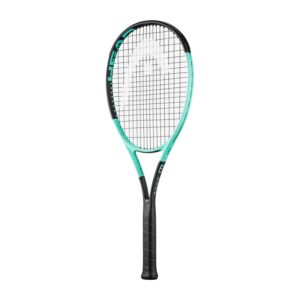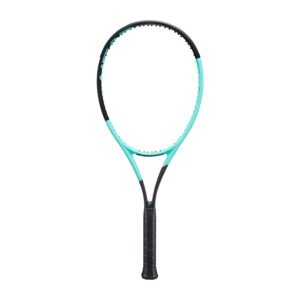- YONEX Nanoflare 1000 Game Badminton Racket
- Yonex Nanogy 95 Badminton String
- Yonex Akita Badminton Shoes (Aqua/Bright Ocean)
- Yonex Mavis 350i Badminton Nylon Shuttlecock
Lucky Day offers!
00
d
10
h
03
m
37
s
JOOLA Perseus Mod TA-15 Pro Player Edition Pickleball Paddle (16 mm)
YONEX Nanoflare 1000 Z Badminton Racket
HEAD Boom Team 2024 Tennis Racquet
Babolat Counter Viper 2025 Padel Racquet
Get up to ₹200 off on your first purchase above ₹1500!
GOSFIRST
Get up to ₹200 off on your first purchase above ₹1500!
GOSFIRST
Get up to ₹200 off on your first purchase above ₹1500!
GOSFIRST
Get up to ₹200 off on your first purchase above ₹1500!
GOSFIRST
Get up to ₹200 off on your first purchase above ₹1500!
GOSFIRST
Get up to ₹200 off on your first purchase above ₹1500!
GOSFIRST
Get up to ₹200 off on your first purchase above ₹1500!
GOSFIRST
Get up to ₹200 off on your first purchase above ₹1500!
GOSFIRST
Get up to ₹200 off on your first purchase above ₹1500!
GOSFIRST
Get up to ₹200 off on your first purchase above ₹1500!
GOSFIRST
Get up to ₹200 off on your first purchase above ₹1500!
GOSFIRST
Get up to ₹200 off on your first purchase above ₹1500!
GOSFIRST
Get up to ₹200 off on your first purchase above ₹1500!
GOSFIRST
Get up to ₹200 off on your first purchase above ₹1500!
GOSFIRST
Get up to ₹200 off on your first purchase above ₹1500!
GOSFIRST
Get up to ₹200 off on your first purchase above ₹1500!
GOSFIRST
Get up to ₹200 off on your first purchase above ₹1500!
GOSFIRST
Get up to ₹200 off on your first purchase above ₹1500!
GOSFIRST
Get up to ₹200 off on your first purchase above ₹1500!
GOSFIRST
Get up to ₹200 off on your first purchase above ₹1500!
GOSFIRST
Get up to ₹200 off on your first purchase above ₹1500!
GOSFIRST
Get up to ₹200 off on your first purchase above ₹1500!
GOSFIRST
Get up to ₹200 off on your first purchase above ₹1500!
GOSFIRST
Get up to ₹200 off on your first purchase above ₹1500!
GOSFIRST
Get up to ₹200 off on your first purchase above ₹1500!
GOSFIRST
Get up to ₹200 off on your first purchase above ₹1500!
GOSFIRST
Get up to ₹200 off on your first purchase above ₹1500!
GOSFIRST
Get up to ₹200 off on your first purchase above ₹1500!
GOSFIRST
Get up to ₹200 off on your first purchase above ₹1500!
GOSFIRST
Get up to ₹200 off on your first purchase above ₹1500!
GOSFIRST
Get up to ₹200 off on your first purchase above ₹1500!
GOSFIRST
Get up to ₹200 off on your first purchase above ₹1500!
GOSFIRST
Freshly Stocked
- Badminton
- Tennis
- Padel
- Pickleball
- Squash
































